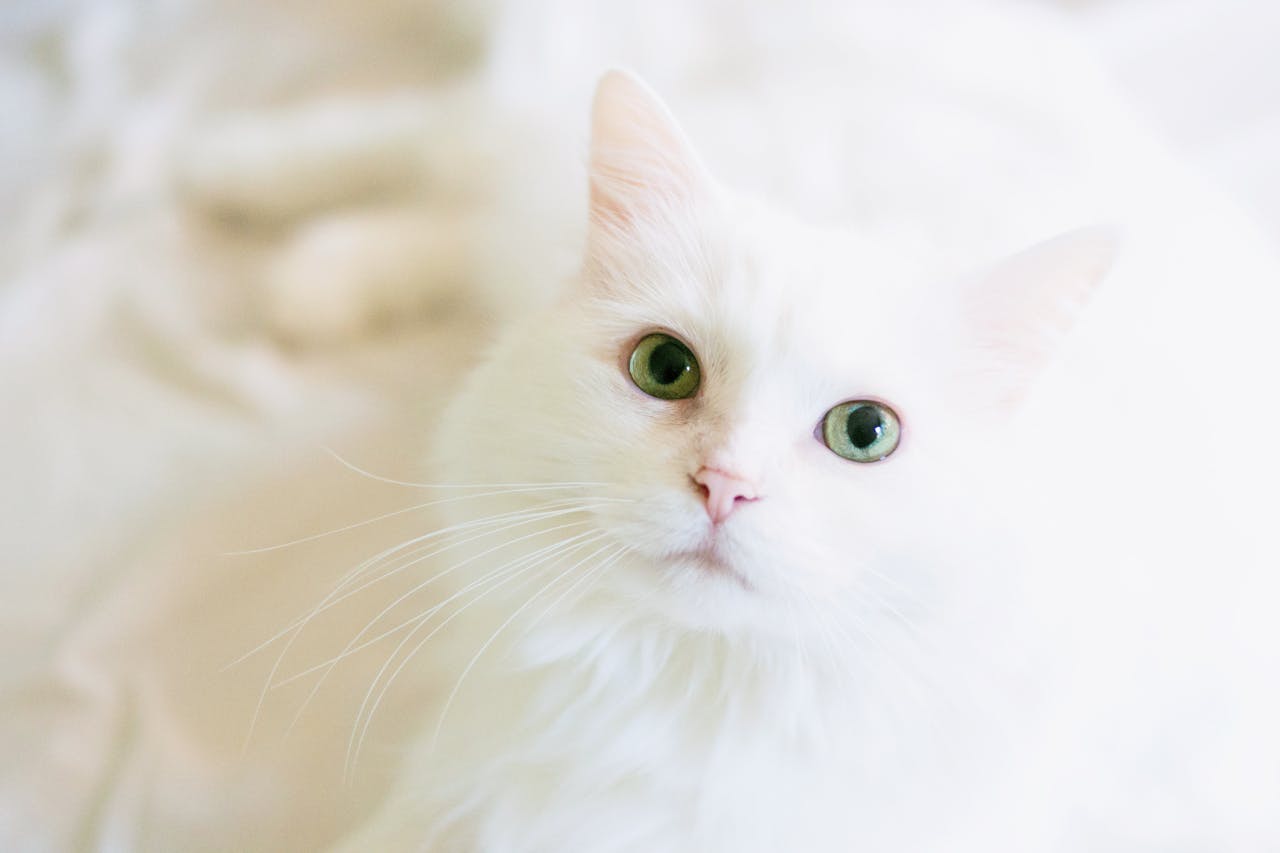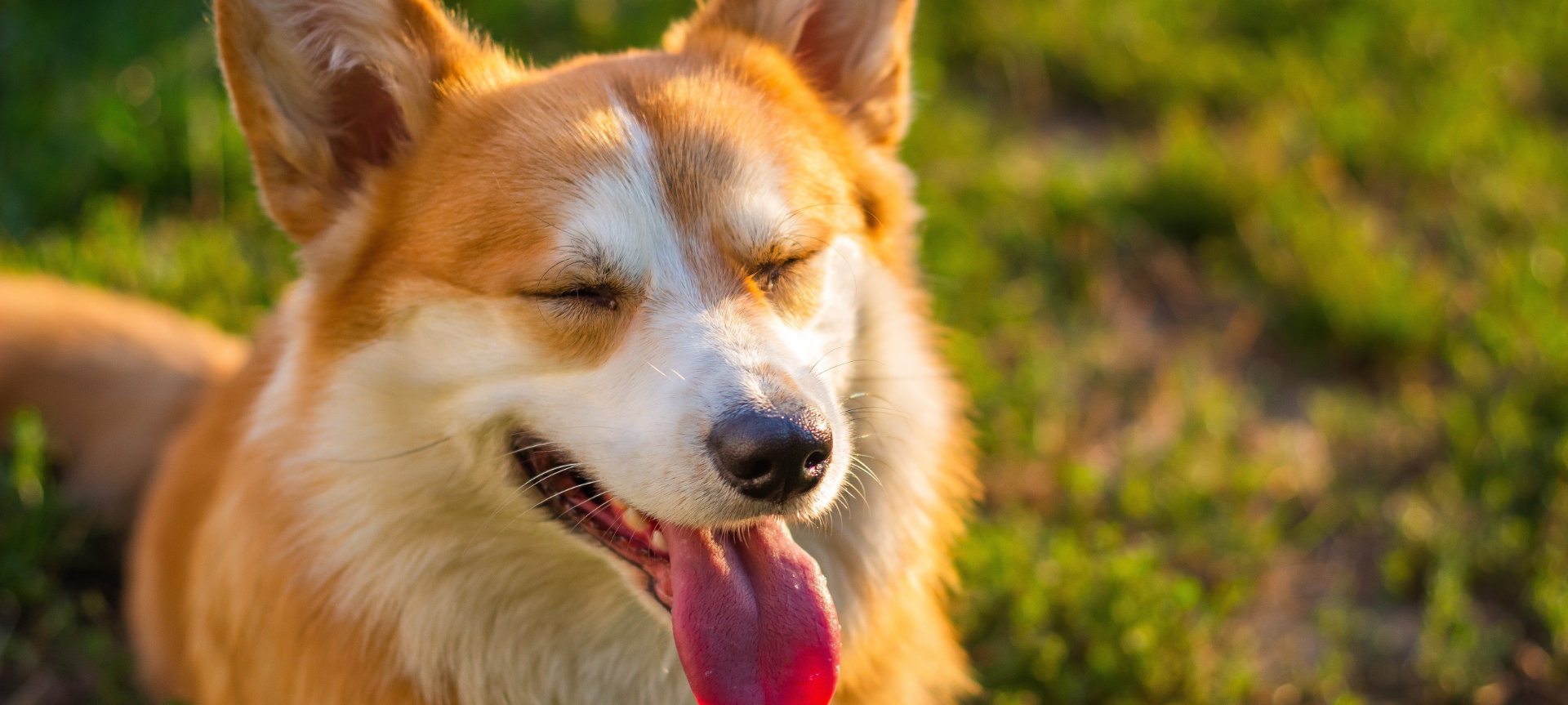
23 Feb Common Causes of Tooth Loss in Cats
Feline dental health is often overlooked, yet it plays a crucial role in the overall well-being of our feline companions. Tooth loss is surprisingly common in cats and can significantly impact their eating habits, overall health, and quality of life. Understanding the common causes of tooth loss in cats is essential for pet owners to ensure their furry friends lead healthy and comfortable lives. In this comprehensive guide, we’ll explain the various common causes of tooth loss in cats and explore practical steps to maintain their dental health.
Common Causes of Tooth Loss in Cats
Here are some of the few factors that can contribute to cats losing their teeth.
- Dental Disease: Dental disease, including periodontal disease, gingivitis, and tooth decay, is a primary culprit behind tooth loss in cats. Plaque and tartar buildup on the teeth attract bacteria, leading to inflammation of the gums and damage to the tooth structure. Left untreated, dental disease progresses, weakening the tissues and bone supporting the teeth, ultimately resulting in tooth loss. Regular dental check-ups, professional cleanings with full mouth dental radiographs, and proper oral care at home are crucial for preventing and managing dental disease in cats.
- Trauma: Trauma to the mouth can also lead to tooth loss in cats. Accidents, fights with other animals, or chewing on hard objects can cause damage to the teeth, resulting in fractures or complete avulsion (knocking out) of the tooth. Prompt evaluation by a veterinarian dentist is essential to assess the extent of the damage and prevent further complications. Severe trauma often requires tooth extraction to prevent infection and preserve oral health.
- Oral Tumors: Oral tumors are less common but can cause significant damage to the teeth, leading to tooth loss as they grow and invade surrounding structures. While not as prevalent as other causes, oral tumors should be considered in cases of unexplained tooth loss or changes in oral health. Veterinary evaluation and treatment are necessary to address oral tumors and manage any resulting tooth loss effectively.
Additional Dental Issues Contributing to Tooth Loss
- Feline Tooth Resorption (FORL): Feline tooth resorption is a unique condition characterized by the progressive destruction and absorption of tooth structure. The exact cause of FORL remains unknown, but factors such as inflammation, genetics, and immune system dysfunction may contribute to its development. As the condition progresses, affected teeth may become loose and eventually fall out, resulting in tooth loss. Veterinary diagnosis and treatment are essential for managing FORL and preserving oral health in affected cats.
- Malocclusion: Malocclusion, or misalignment of the teeth, can result from genetic factors, trauma, or abnormal growth of the jawbone. Malocclusion can cause abnormal wear and tear on the teeth, leading to weakening and eventual loss. While mild cases may not cause significant issues, severe malocclusion can predispose cats to dental disease and tooth loss if left untreated. Veterinary evaluation and treatment are necessary to address malocclusion and prevent complications.
Spotting the Signs of Cat Oral Health Issues
Early detection is key to preserving your cat’s dental health and preventing tooth loss. Be on the lookout for signs such as bad breath, difficulty eating, drooling, weight loss, and red, swollen, or bleeding gums. Regular veterinary check-ups allow for early detection and treatment of dental issues, helping to preserve your cat’s oral health and quality of life.




